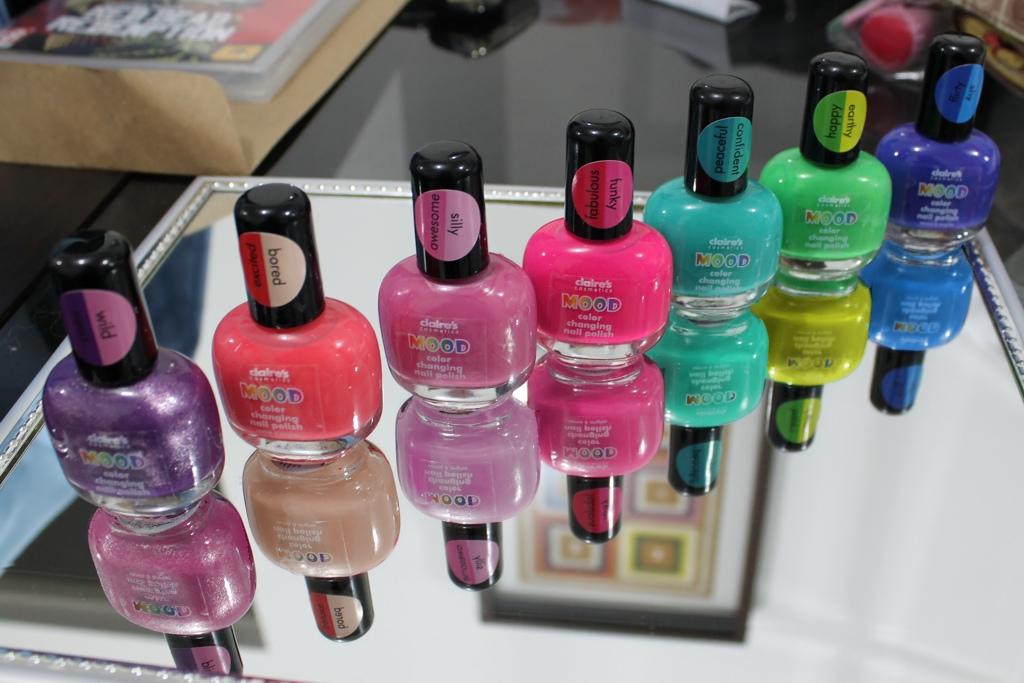3 Mins Read
We have touched upon sulfates and parabens already- so many more to go! In today’s post we look at phthalates– so hard to pronounce and so tough for your poor little body to handle. This one’s pretty vicious.
What Is It and Why Is It Used?
Phthalates or phthalate esters, are esters of phthalic acid and are mainly used asplasticizers (substances added to plastics to increase their flexibility, transparency, durability, and longevity). They are used primarily to soften polyvinyl chloride (PVC). (Source: Wikipedia.org)
In the cosmetics industry, phthalates are primarily used to make our personal care products ‘work’ better– our nail polishes chip less, our hair spray lasts longer, our body lotion spreads more easily…You get the idea. A lot of people don’t like to use toxin-free ‘green’ beauty products because they don’t get the same levels of performances from these products. The irony is it is these very toxins that enable the products to do what cosmetic adverts tout so loudly.
What Is It Used In?
Phthalates are all over the place. They can be used on pill coatings, they are commonly found in nail polish, deodorants, hair sprays/gels/mousses, insect repellent, perfumes, aftershave, shampoos, hair gels, hand lotions- basically most beauty and personal care products. Phthalates are also found in medicine, medical devices (like IV tubing), PVC plastics, vinyl, cling wrap, packaging adhesives, other plastics, floorings, toys, building materials, car products- oh dear, the list goes on and on. We are exposed to phthalates constantly and most of us have daily traces of it in our urine. Sitting on a plastic couch, babies playing on a plasticized flooring, popping an aspirin- we are unknowingly inhaling these toxic substances every day.
What to Look Out For On An Ingredient Label
This is a tough one. Most phthalates are not listed in ingredient labels but here are the common substances to check for:
- Di-2-ethylhexyl phthalate – DEHP
- Diethyl phthalate – DEP
- Di-n-butyl phthalate -DBP
- Dimethyl phthalate – DMP
- Benzylbutyl phthalate – BzBP
The most common phthalates in personal care products are DBP (most nail polishes have used them and a lot of nail polishes brands are now committed to removing them from its product range), DEP and BzBP. Beware of the word ‘fragrance’ in ingredient lists- you can be 99% assured that it contains phthalates.
Why Is It Bad For You?
There are two overriding concerns when it comes to phthalates: 1) they are ubiquitous- they are in everything we touch, consume, lather on ourselves and our children and 2) when phthalates are being made, they are easily released into their surrounding environment which means they are absorbed into the air, our waterways, the soil…The sheer volume of phthalates that surround us mean that the accepted levels of exposure for one person are surpassed daily. This constant accumulation in phthalates in our bodies leads to the following serious health concerns:
- Reproductive toxicity – exposure to phthalates can reduce the sperm count of male infants and adult men (which can lead to infertility), harm the reproductive system in general, damage fetuses, increase feminization of male fetuses, . Pregnant women should avoid them as much as possible.
- Hormone disruption – phthalates mimic the body’s hormones, interfering with their functionality, and causing reproductive and neurological damages, especially
- Cancer – tests show links between phthalates presence and breast cancer tumors; phthalates are considered a probable carcinogen by the World Health Organization. Enough said.
Stay tuned as we continue to dig deep in our Toxic Beauty Series. Check out Part 1 – Sulfates and Part 2- Parabens in case you missed it!
Photo credit: Lelê Breveglieri via photopin cc.




